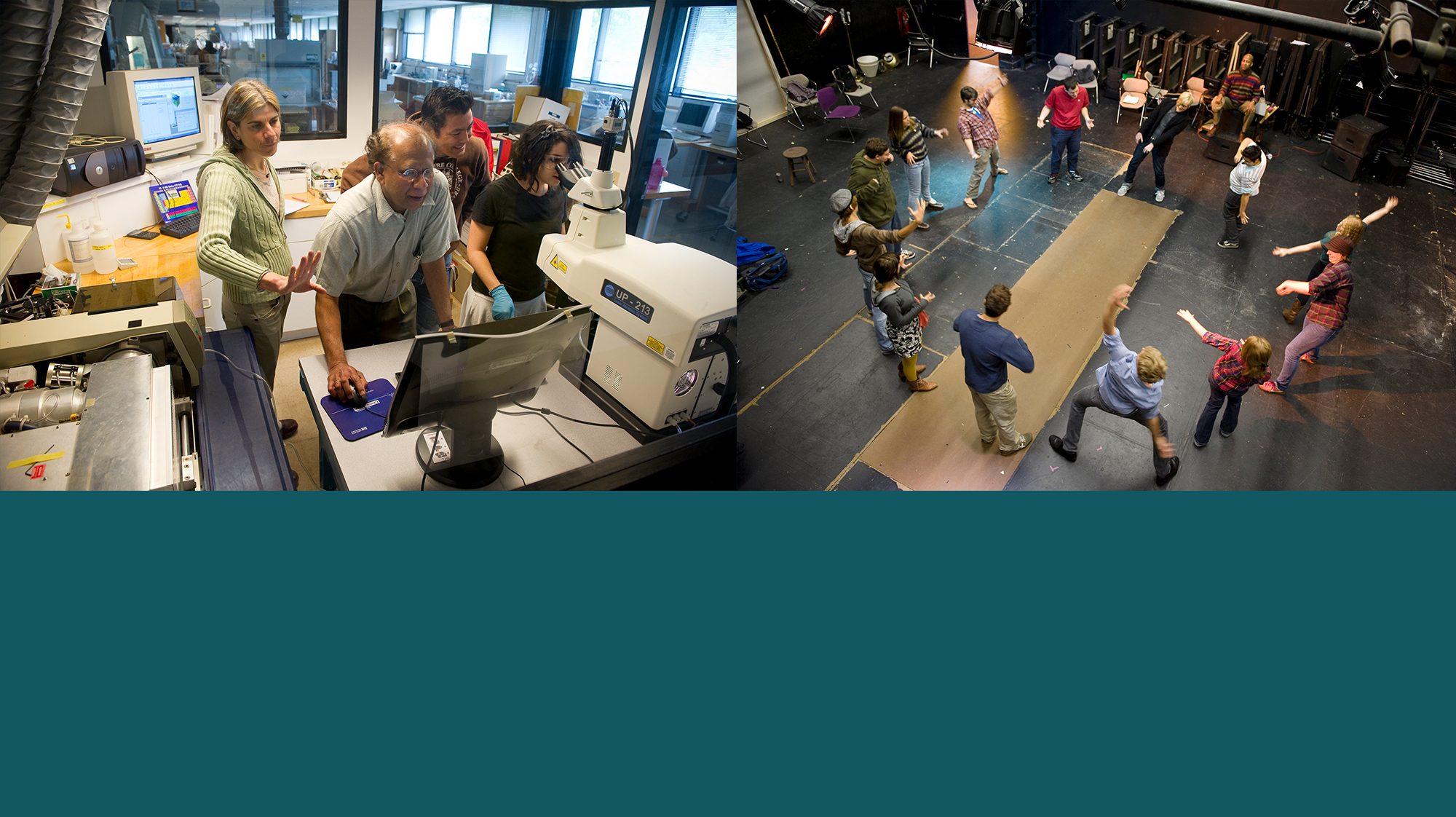Assessment is all about articulating goals, collecting data, and develop new actions for improvement. We can do this at the institutional level or at the course level – or even at the individual student level (where we call it evaluation). Some of the resources below might help you in articulating goals, some might help you in thinking about how to look at the data (often student work) and some at giving feedback for improvement.
Hampshire College Cumulative Skills Rubrics were developed by faculty. You can find Word documents for Writing and Research Cumulative Skill, Independent Work Cumulative Skill, Quantitative Cumulative Skill, and Multiple Cultural Perspectives Cumulative Skills.
Div III Rubric (Word Document). This rubric describes criteria for a written Div III analytic paper and process was designed by faculty at Hampshire through a Teagle grant with other institutions. See if you find it useful in talking to students about their work.
AAC&U VALUE Rubrics (pdf). Some people find rubrics to be helpful in describing what it means to get better at a particular skill or understanding or in goal setting. Rubrics can give common language to faculty and students about skills and abilities. The rubrics posted here are developed by faculty across the country are on many different skill sets.
Revised Bloom’s Taxonomy (pdf) of educational objectives in the cognitive domain is one way to think about the kinds of thinking we ask students to do. Knowledge can be factual, conceptual, procedural, or metacognitive. Withing any of these dimensions, one can be asked to remember, understand, apply, analyze, evaluate, or create. Being aware of what we are asking students to do helps us in teaching, as we can be more explicit in our assignments. It can also help us align what we ask students to do with how we evaluate them/write our evaluations. For more description of the different domains/levels visit this cool 3-D version created by Rex Heer at ISU. Mouse over the boxes for descriptions.
Classroom Assessment Techniques, or CATS, are short, informal exercises you can do in class to find out what students do and do not understand or how they are responding to your teaching. Many faculty find these to be powerful tools in experimenting with new pedagogies.
Alternative Assessment & Electronic Portfolios – Dr. Helen Barrett’s Favorite Links
Principles and Practices in Electronic Portfolios from the Conference for College Composition and Communication

